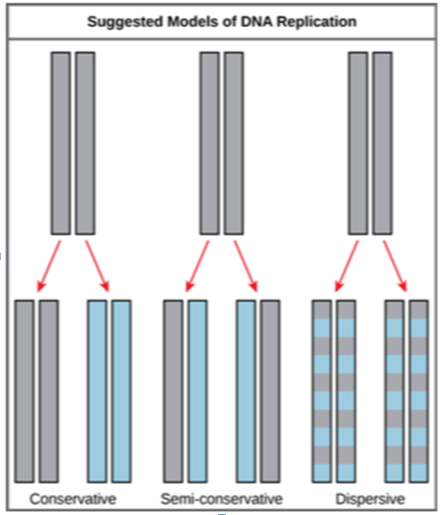Serratia marcescens bacteria has a gene that regulates red pigment production by cells. A student inoculates two nutrient agar plates of Serratia and incubates one at 25oC and the other at 37oC. Following incubation, the student observes that colonies on the 25oC plate are red while those on the 37oC plate are nonpigmented. Which of the following statements is a logical conclusion based on these results?
A. Serratia cells undergo a genotypic change that is proportional to changes in temperature.
B. Serratia genes for pigment production are induced at certain temperatures.
C. Low temperatures cause repression of certain housekeeping genes.
D. This is an example of constitutive gene expression.
Answer: B
You might also like to view...
Which of the following does not affect the evolution of a group of organisms?
A. genetic drift B. mutation rates C. mating D. migration E. natural selection
During early embryonic development, implantation into the uterine lining occurs at the ____ stage
a. zygote b. morula c. blastocyst d. gastrula e. hypoblast
This diagram illustrates the three suggested models of DNA replication. After describing the double-helix structure of DNA, Watson and Crick stated that this structure “... immediately suggests a possible copying mechanism for the genetic material.” Based on your knowledge of the structure of DNA, which of these three models were Watson and Crick most likely considering, and why?

a. the dispersive model, because it would take advantage of the mechanisms that create homologous recombination, a process with which Watson and Crick were familiar
b. the conservative model, because it is the only model that keeps DNA strands together, eliminating most potential sources of transcription errors during replication
c. the semi-conservative model, because each nucleotide can only bond to its complement, and each strand would rebuild a second strand from available nucleotides in the cell
d. the dispersive model, because it is the only model that would allow the DNA molecule to be reconstructed from end to end, copying a single nucleotide pair at a time.
The energy needed to raise 1 kilogram of water from 14.5oC 15.5oC under controlled conditions is
A. 1 kilocalorie. B. 1 calorie. C. 1 joule. D. 1 erg. E. 1 gram.